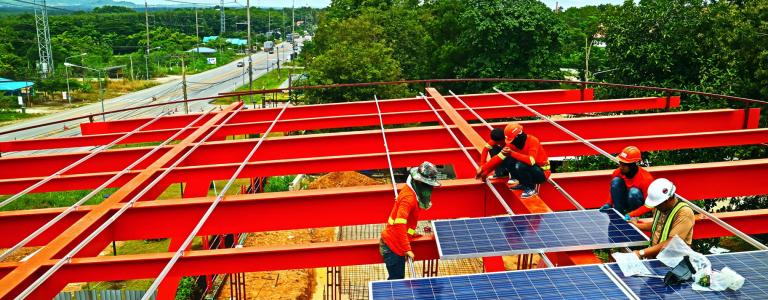Just Transition
Energy transitions are about people: the ones who make the decisions and the ones affected by those decisions. A "just transition" approach ensures that the affected people are considered by those making decisions.
The world has seen many transitions in the past, from automation to the decline or relocation of entire industries, leading to job losses and economic hardship. This has created a fear that future transitions will be similarly painful.
Low-carbon energy transitions are already happening in many countries, often due to economic factors or health concerns, but also supported and accelerated by climate change policies. Nevertheless, the actors involved, including governments, businesses, workers, and communities have a tendency to protect the status quo and keep carbon-intensive industries alive.
Early action on a just transition can minimize the negative impacts and maximize positive opportunities. The Paris Agreement on climate change includes just transition as an important principle. Just transition is not a fixed set of rules, but a vision and a process based on dialogue and an agenda shared by workers, industry, and governments that need to be negotiated and implemented in their geographical, political, cultural, and social contexts. It is implemented with a set of guiding principles, such as the International Labour Organization's guidelines for a just transition.
Articles

Canada's Sustainable Jobs Legislation: A milestone for workers and communities on the path to net-zero
IISD celebrates the Canadian Sustainable Jobs Act, Bill C-50, being officially passed into law as a significant milestone to engage and support workers and communities in moving to a low-carbon economy.
Report Calls on Fossil Fuel Producers to Map “Transition Away” in NDCs
With governments due to submit the next generation of NDCs in 2025 a new report identifies five elements countries should include to reflect the outcome of the global stocktake.
How South Africa can Improve Grid Battery Deployment to Unlock Economic and Security Benefits
South Africa can take action to boost the deployment of grid-located batteries through better understanding of the sector, co-operative planning, increasing access to finance, and supporting localized production, new research suggests.



